Experts Claim China’s AI Swarms Have Ability to Tackle US Drone ‘Hellscape’ in Taiwan
China’s People’s Liberation Army (PLA) is warning the US that they will counter the planned drone “hellscape.”
The growing tension between the forces stems from China’s potential decision to invade Taiwan.
Making the PLA “Miserable”
The US planned to use many sacrificial drones to tie up Chinese forces until a more concerted US response could prevent the PLA from invading Taiwan.
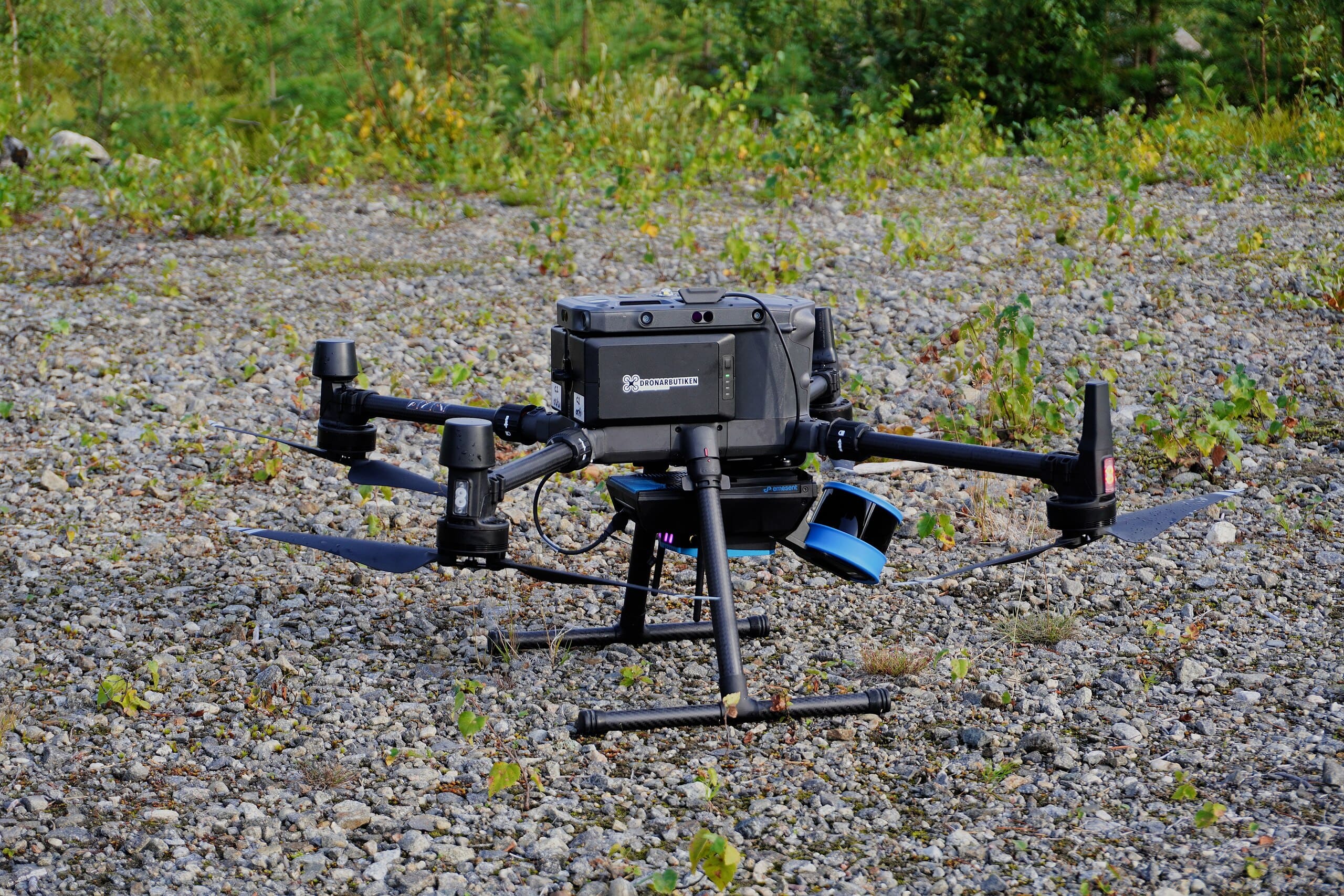
Jonte/Wikimedia Commons
The plan aimed to make the lives of PLA forces “miserable” and was announced days before the anticipated invasion by Chinese forces.
The Threat by the US
“I want to turn the Taiwan Strait into an unmanned hellscape using [several] classified capabilities,” said Admiral Samuel Paparo, the commander of US Indo-Pacific Command at the International Institute for Strategic Studies’ Shangri-La Dialogue Summit, reports The Washington Post.

Source: Kent Nishimura/Getty Images
“I can make their lives utterly miserable for a month, which buys me the time for the rest of everything,” Paparo added.
The PLA Pushes Back
Despite Paparo’s confidence in his words, the PLA is equally confident that they can counter the drone attack with their latest strategy.
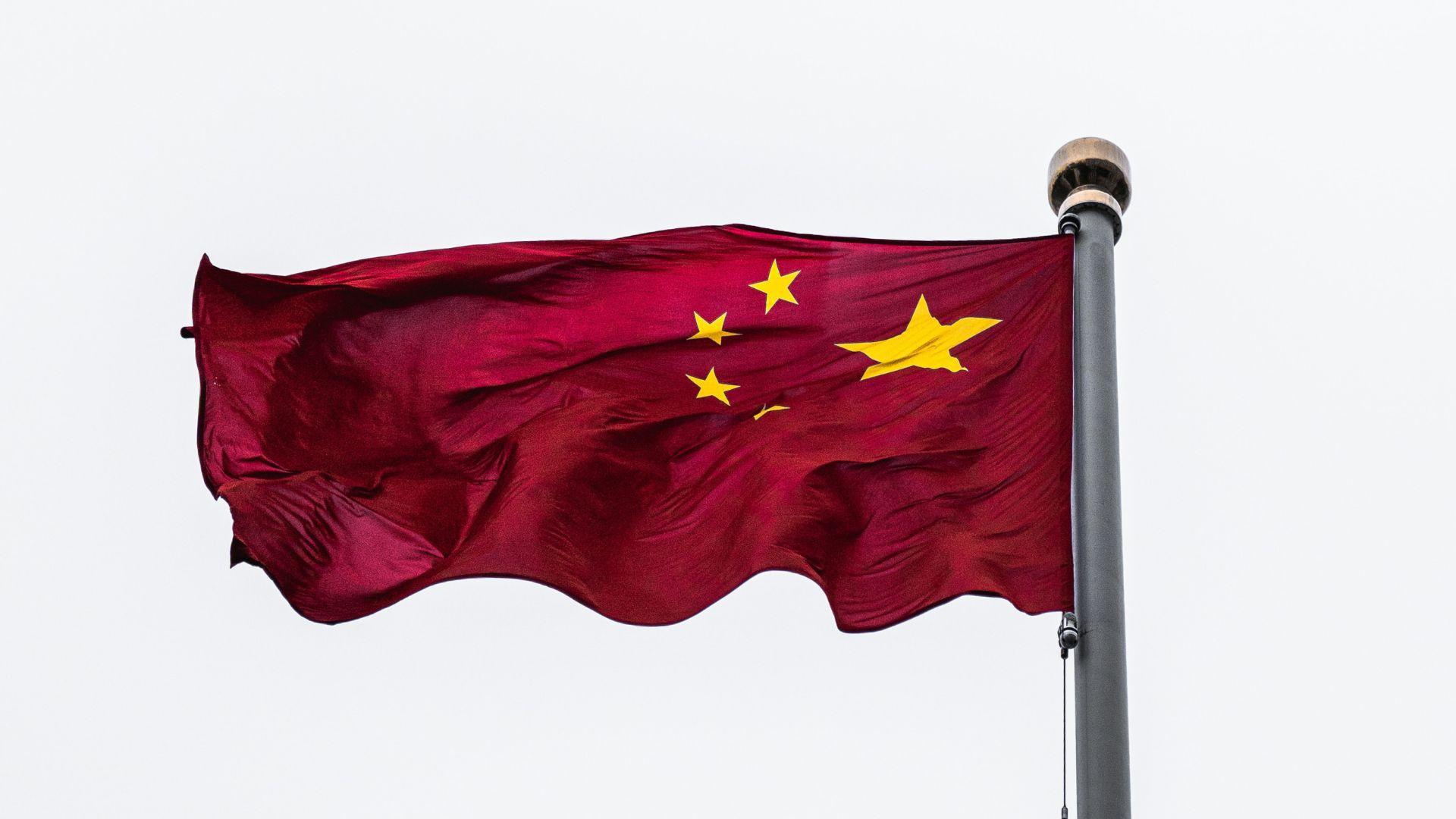
Source: Alejandro Luengo/Unsplash
Chinese military analysts claim that China could counter the attack with similar drone responses but on a much grander scale.
The “Replicator” Initiative
The US strategy would involve significant investments in affordable, expendable drones–a goal the US has been pursuing through its “Replicator” initiative.
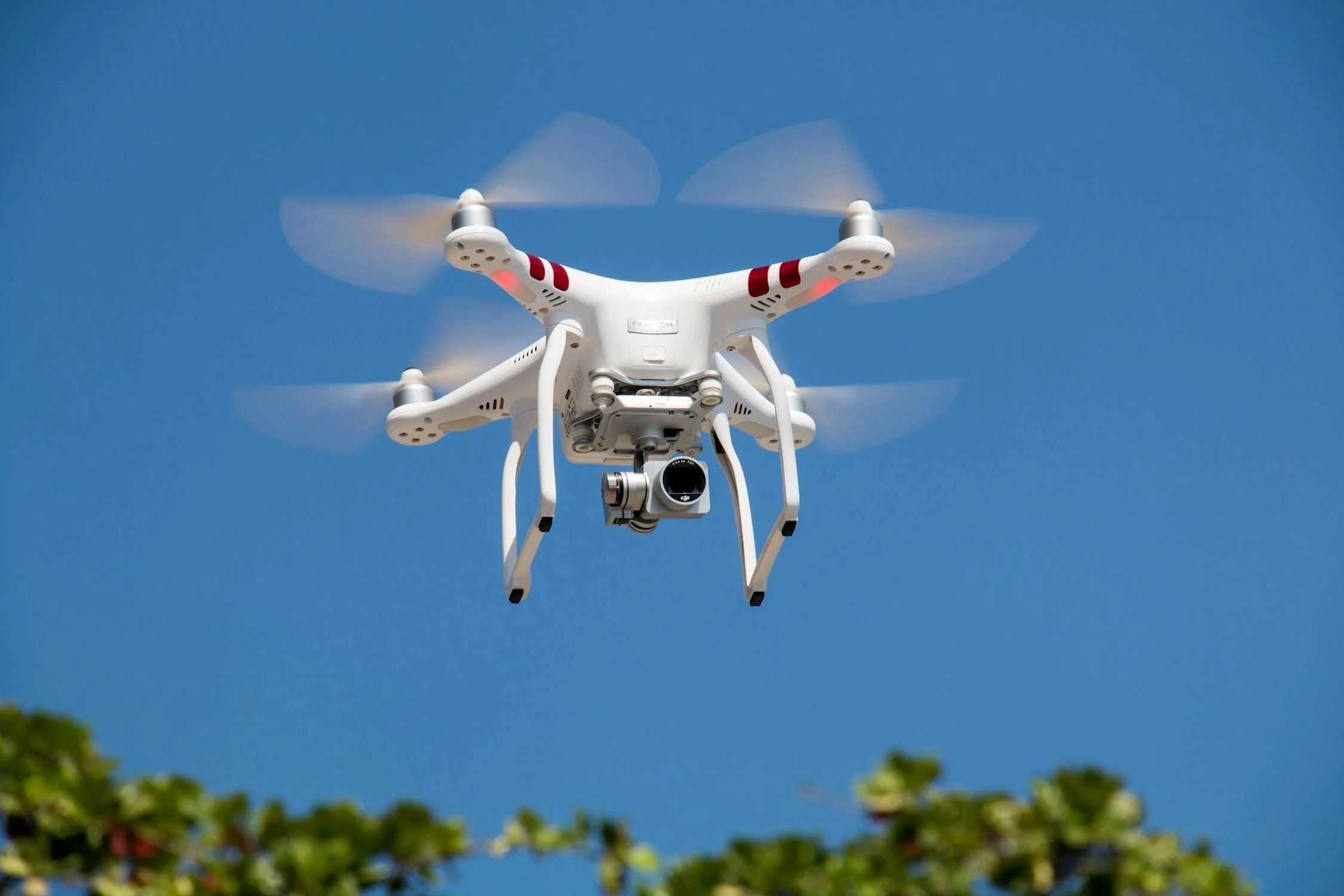
Source: Inmortal Producciones/Pexels
Last year, the Department of Defense announced this initiative with the hope that it could successfully deploy thousands of “attributable” autonomous systems.
The First Batch of Drones
Interesting Engineering reported that they dispatched the first batch of drones to the Indo-Pacific last month, although the program had been largely hush-hush for the last year.
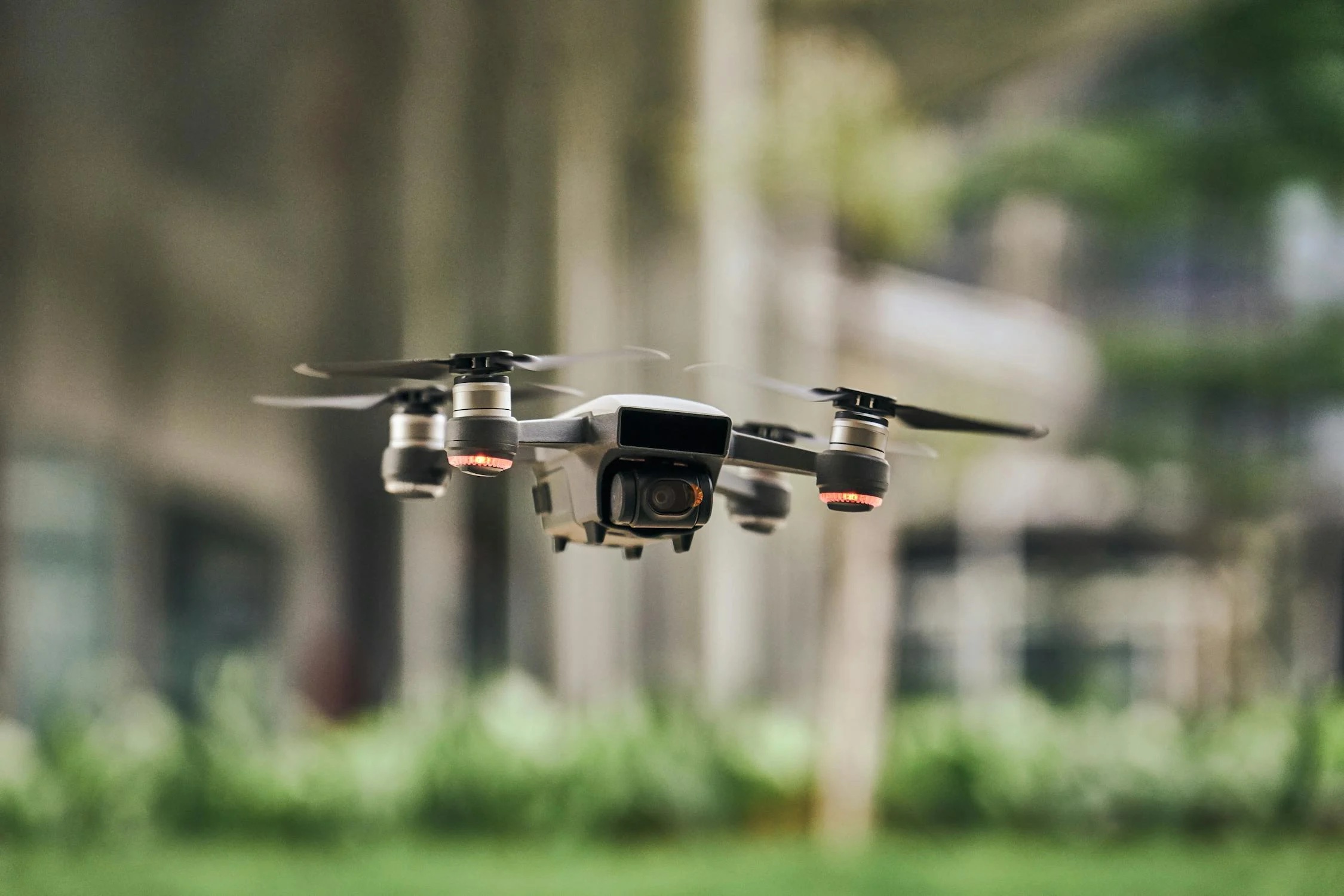
Source: Darrel Und/Pexels
The deliveries mark the first phase in a multi-year strategy to deploy thousands of these drones to counter adversaries like China.
Countering China’s “Biggest Advantage”
Deputy Defense Secretary Kathleen Hicks announced that the Pentagon plans to spend $1 billion on the “Replicator” program, hoping to counter China’s “biggest advantage,” which is its mass.

Source: iStock
“More ships, more missiles, more people. We’ll counter the [People’s Liberation Army’s] mass with a mass of our own, but ours will be harder to plan for, hit, and beat,” she added.
The Goals of the Project
While the production and deployment of thousands of sacrificial drones is one portion of the program’s goals, “Replicator” hopes to build “muscle memory” for the DoD to churn out drones in short order when needed.
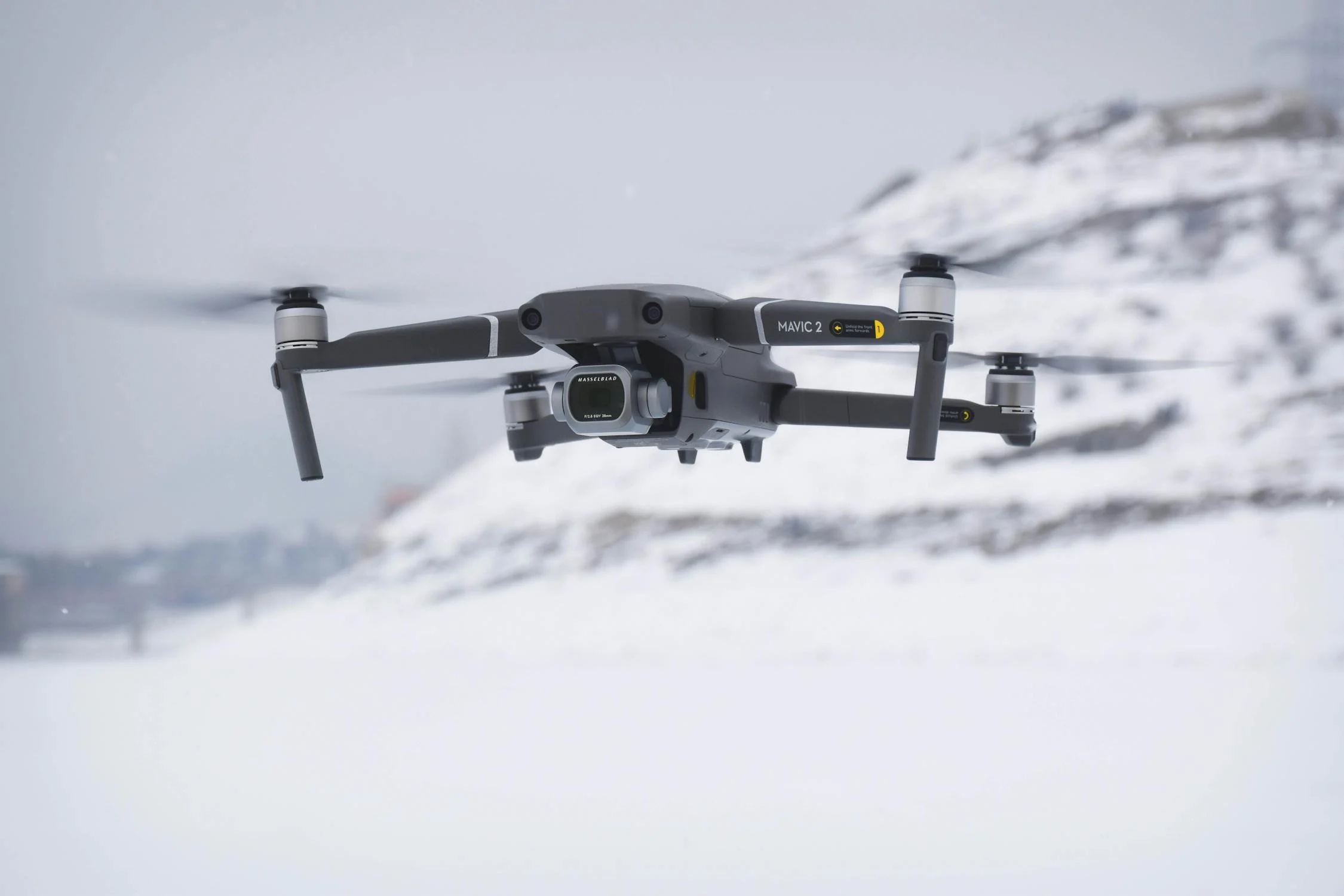
Source: Suliman Sallehi/Pexels
The goal of this rapid deployment of a large number of networked drones is to help deter Chinese aggression in the Pacific before 2027.
The Drones Being Used
In a briefing in early June, senior defense officials, speaking anonymously, mentioned that the initial systems in Replicator will consist of AeroVironment’s Switchblade 600, a loitering munition, and maritime drones acquired through a solicitation by the Defense Innovation Unit.
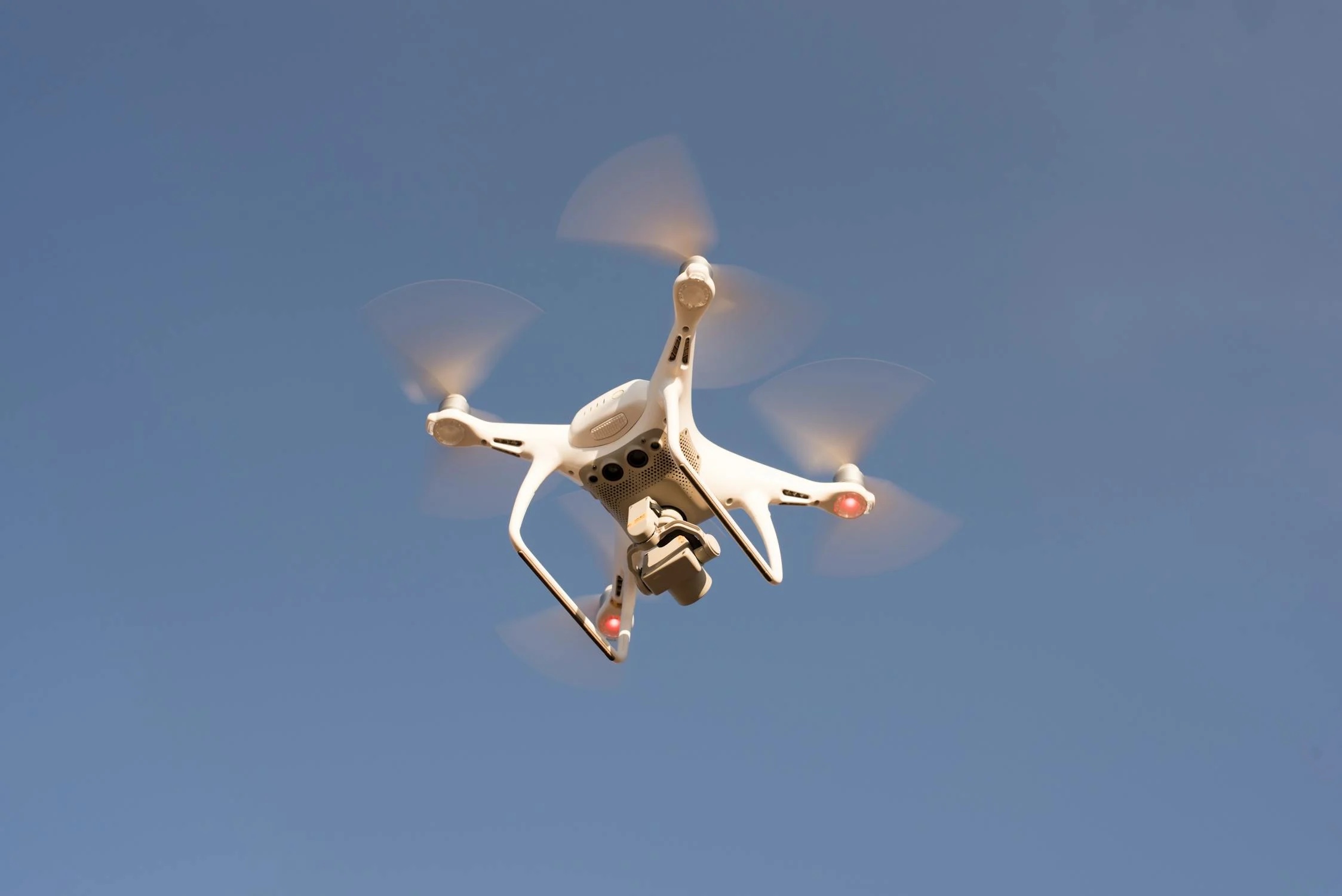
Source: Daniel Reche/Pexels
This unit procures high-tech weapons for the Pentagon, but it seems that the DoD is slowly transitioning away from these maritime drones in their production pipeline.
“This Is Just the Beginning”
“Replicator is helping us jumpstart the delivery of critical capabilities at scale. We will build on that momentum with industry partners to deliver what the warfighter needs, and remove barriers to doing so again and again,” Admiral Christopher Grady, Vice Chairman of the Joint Chiefs of Staff said.

Source: Freepik
“This is just the beginning,” he adds, noting that major defense contractors are now working to help further develop the drones used in the program.
China’s Counter Drone Attack
However, the US’s production of drones might be coming a little too late in the game. China is currently the world leader in drone production, which means they have drones to spare, too.

Source: hitesh choudhary/Pexels
“The U.S. should not forget that China has the world’s largest drone production capacity. We will also use many aerial robots to deal with our opponents. The Americans should think about how to deal with a larger PLA drone fleet to counter them,” Chinese military analyst Fu Qianshao said.
Refocusing the Attack
Qianshao stated that the US shouldn’t focus on pushing back the PLA’s forces once they enter the Taiwan Strait. Instead, he suggests targeting something else.

Source: Brett Sayles/Pexels
“The U.S. can deploy thousands of drones to the Taiwan Strait, but the key is its air bases will be attacked, and we have a series of countermeasures, including electromagnetic interference or emerging interception methods,” he added.
